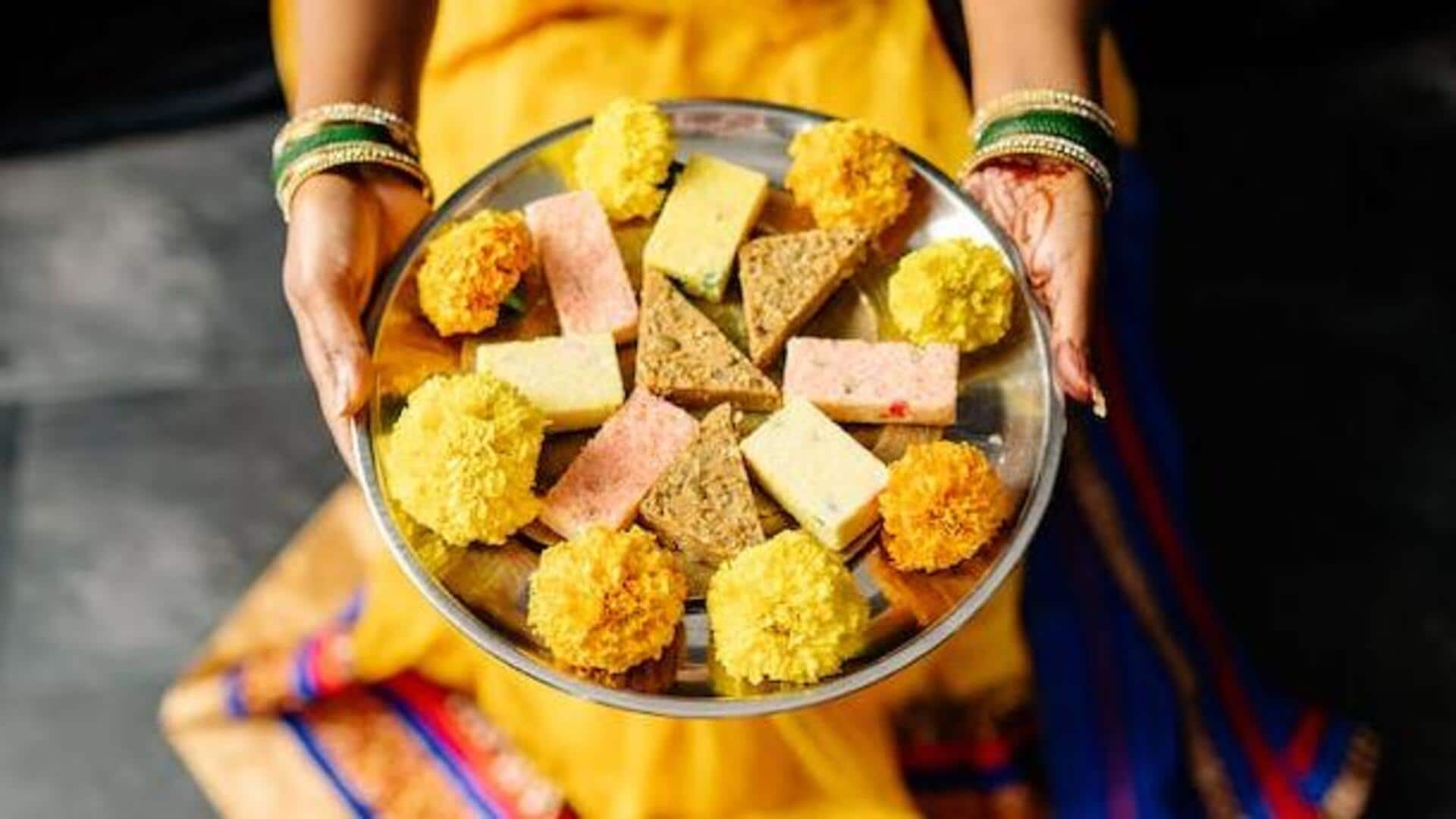
Diwali 2023: How to check the quality of sweets
What's the story
The increased demand for sweets during Diwali frequently paves the way for adulteration in both taste and ingredients. Since the festival gives vendors a chance to turn a profit, some may compromise on the quality of their products, jeopardizing the health of their customers. To address these concerns, Aman Jain, co-founder and CEO of Doodhvale, shared some valuable techniques with NewsBytes to guarantee quality.
Tip 1
Smell or taste before buying
Jain emphasizes always smelling or tasting sweets before you buy them. If these sweets have an unusual smell or taste, it is better to not buy them. Chances are they could be stale. Remember to also check the hygiene standards of the sweet shop before buying the treats from there. These sweets if prepared unhygienically can affect your health.
Tip 2
Check each ingredient
As many prepare sweets at home with bulk ingredients, it's crucial to inspect each component, particularly dairy items like paneer, milk, and khoya. You can check the quality of milk by running some milk over a slanted plate with a spoon. "If the milk runs and leaves a white trace, it is pure. If it diminishes completely, it is adulterated," the expert explains.
Tip 3
Check the quality of ghee
Ghee is another ingredient that is susceptible to adulteration. To confirm the quality of ghee, place it in the refrigerator. After some time take it out and examine it; if you observe two layers, it is pure. "You can also check by putting some ghee on your hand. If it starts to melt quickly, it's real ghee," says Jain.
Tip 4
Look for the silver 'vark'
Most sweets are adorned with silver vark, a decorative layer of pure silver. Perform a simple tactile examination: gently place your finger over the vark. If it rubs against your finger and feels rough, it's likely counterfeit. Additionally, when purchasing packaged sweets, check the packing date. Understanding the shelf life of the sweets is essential to ensure you can savor them at their best.